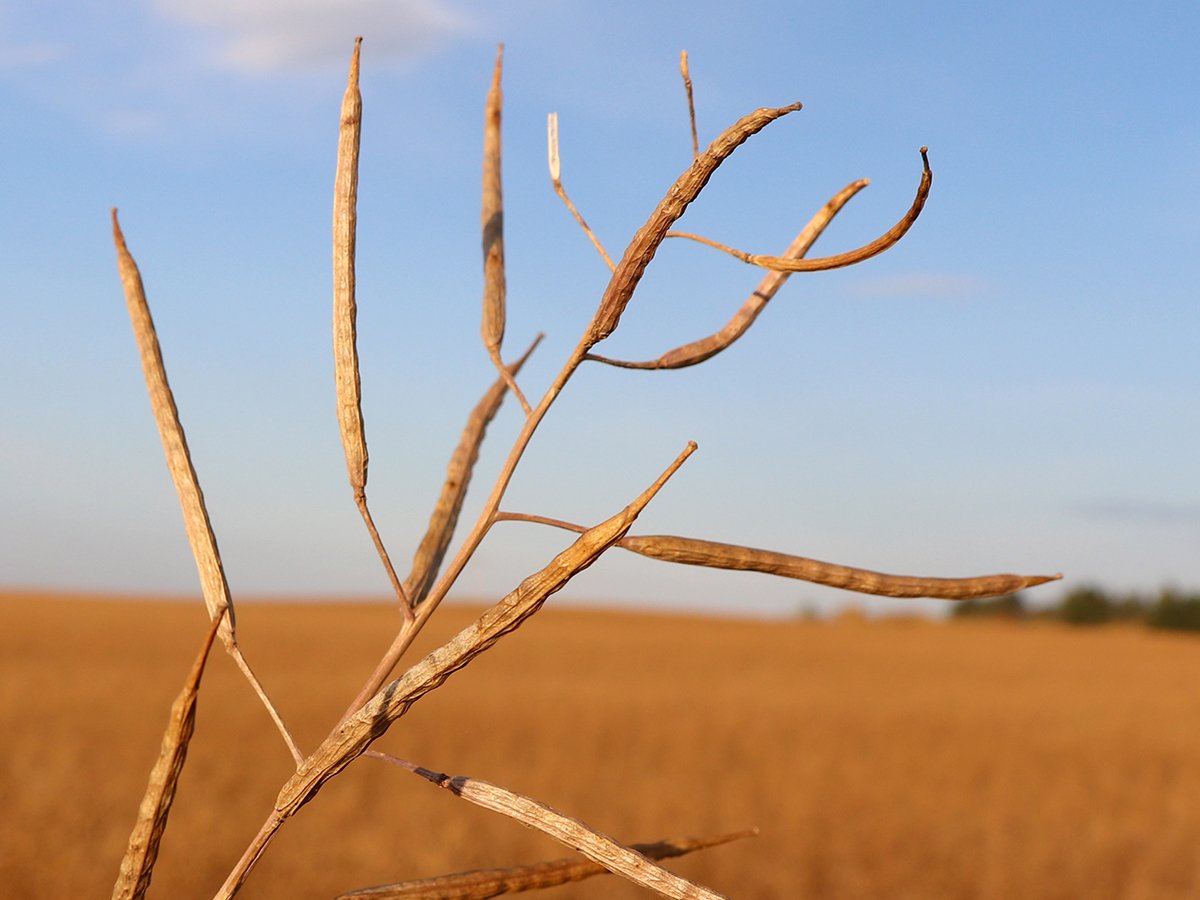As January ended, the weather in South America became more beneficial for soybean and corn production, and crop futures prices began to retreat from the rally earlier in the month.
We could be in for a period of weakness in oilseed prices., and wheat prices continue their unimpressive drift.
Analysts expect western Canadian farmers will stick with canola but reduce spring wheat and durum acreage this spring.
That likely means pulse seeded area will continue strong.
Pulse prices in the coming year will be strongly influenced by the results of India’s winter rabi crop, which is harvested in March and April.
Read Also

Canadian canola prices hinge on rain forecast
Canola markets took a good hit during the week ending July 11, 2025, on the thought that the Canadian crop will yield well despite dry weather.
The area seeded to India’s pulses this season as of Jan. 27 was 39.36 million acres, up 11 percent from last year at the same point.
Seeding of all winter crops stood at 157 million acres, up six percent from the previous year and the most in the past five years, according to the Indian government.
Seeding for the winter crop is usually completed by the end of January.
The drought that slashed India’s production the previous two years had ended by the time farmers planted crops in the fall.
However, the government’s actions regarding the country’s currency raised alarm that farmers might not have the cash needed to seed and buy inputs.
To combat counterfeiting and other currency problems, the government in November removed from circulation some of the most popular paper currency denominations. The policy to remove 500 and 1,000 rupee bank notes was called “demonetization.”
However, if the seeded area estimate is accurate, farmers got enough money to boost seeding plans and take advantage of the improved soil moisture and water reservoir levels.
Vegetation index maps of India show that important pulse production regions in the north-central region are in better shape than normal.
Indian imports of yellow peas in the fall and early this winter were large. That demand helped Canadian bulk pea exports to climb to 1.95 million tonnes so far this crop year, up 26 percent from the same time last year.
Indian newspapers report the import deals were struck mostly last summer when the size of India’s summer crop still wasn’t clear. The summer crop turned out great and now the large imports are forcing down yellow pea prices in India, displacing other pulses, particularly chickpeas.
The Indian Pulses and Grain Association speculates that the increasing availability of inexpensive yellow peas could cause Indians to change their traditional preferences and use whatever is the least expensive pulse.
The harvest this spring could be large if the weather co-operates, leading to reduced need for imports from Canada and elsewhere.
Indeed, there is speculation in Indian newspapers on the need for the government to end the export ban on desi chickpeas to reduce the domestic oversupply.
















